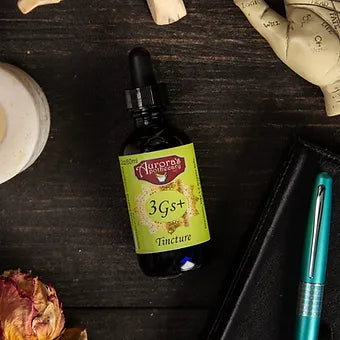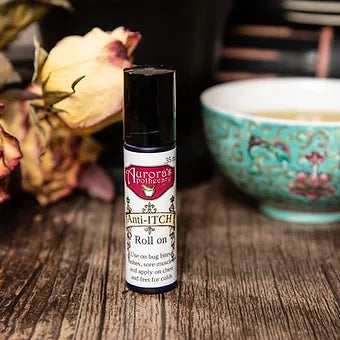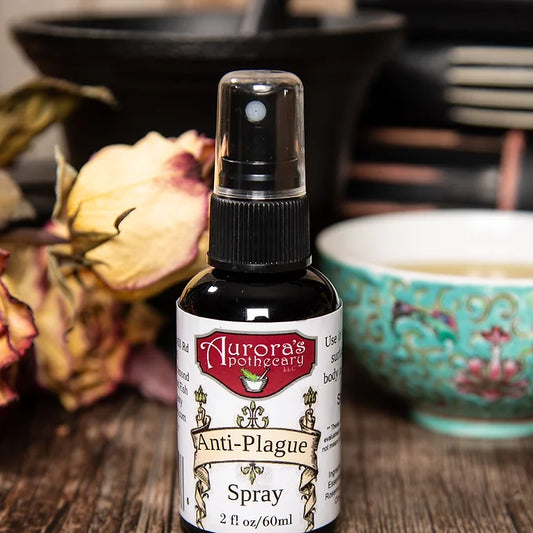It’s amazing to think I have my own yard now. It was the first area I looked at when my husband and I were house hunting. The primary reason was for our dogs, and the secondary was for a garden. As a child I was spoiled in the sense that we had a fairly large mowed area, 4 acres I think, full of huckleberry bushes, apple and pear trees, flowerbeds and so on. Peony spilled over the top of the bluestone wall my father made. Violets ran rampant on the small hillside of the driveway next to the family cemetery, the upper yard had 3 different coloured lilac bushes and my favourite magnolia tree was in the lower driveway next to Grandma’s favourite chestnut tree. The pines and blue spruce grew taller than the house and near the stream edge all the wild flowers and grasses burst every year when Spring awakened them. My excitement to bring back the smells of a childhood spent outdoors by the mountains has taken hold as the season has finally begun to change for the next!
Overall, I’ve decided a few things with the yard. We will put up lattice for climbers to create a green wall privacy fence, a potted garden will line the wall of the garage, I’d like to turn my front yard into a bee/wildflower garden, the vegetable patch will be behind the garage, and a back corner flower bed perhaps with a centerpiece like a bench would be nice. Granted, it will not all be done in this first spring; but, goals are handy to have when planning. The considerations to be taken are what I call the “Cardinal Directions” of gardening. The best advice I’ve received to follow if you want to do it once, and right the first time. Following the compass directions they are: New Plants, Environment, Seasons, and Water.

New Plants
As you can tell, I’ve thought about the overall variety of plants I’d like to grow to suit my purpose, now I have to make sure the ones I choose will be right. Will I structure each area to the best of my ability? I hope I can. I have to think about our needs vs. our wants though. I may adore Rose of Sharon but does it grow here in Wisconsin? The same goes for my beloved Magnolia. To help with my plans, I'm taking AURORA'S HERBAL INTENSIVE to learn more. Some quick ways I already know are make sure what you plant won’t be a wasted effort, are below:
Check the zones - WILL it grow here
Ask what others have had success with - Not only in state, but the area
Are you ready for the maintenance - Choose your perennials and annuals carefully
Consider everything “Full Grown” - Prevent overcrowding right away (or surprises)
Follow the recommendations for seed starting or planting - Look it up if you are unsure
Plant Height/Proliferation - Are they Vines, Trees, Tall, Ground Cover, Edging/Hedges?
Myself personally, I will be looking to have my green wall be hardy perennials. The bee garden will be the same and hopefully (fingers crossed) self-seed every year after the first. Tender perennials and herbs will be in the potted garden. The vegetable patch will be a yearly endeavor to get the best nutrition, and the flower bed will be my experimental area to test and play.
Environment
Next, I have to make sure the plants I’m banking on will flourish in the spots I’ve chosen. Light, Soil, and Climate are the considerations here. Of course plants need light to live. It is how they make food to survive after all. Are they picky though when it comes to the type?
Soil is a big one. Have you tested it or has it been worked before? Make sure to check the type you have. If it is sandy, loamy, clay, all of these play a part in the amount of work and time you will need to put in. To test drainage, dig a small hole about 6”x 6” and fill it with water and see how long it takes to drain. Sand will empty very quickly, whereas clay will take perhaps even a full day. The pH is just as important and I have to get a kit to test mine. Certain vegetables LOVE acidic soil, while others, not so much. You can get kits that also test for contamination too. I recommend this if you are going to be ingesting the plants that you grow.
Climate condition is the last to consider. Are you planting in an area that has no wind break? Delicate petals might not stick around long in that case! Can you create one with a heartier plant next to it then? Temperatures are another to track if you plan on any special plants that would need that attention. I also picked my locations based on how close we are to a road. Traffic and exhaust can influence growth and also determine if something is safe to eat (hence why our vegetables will be grown away from the road and fumes.)
Pests we are planning to tackle with Diatomaceous earth mixed with water for the plants themselves and sprinkled around the beds for the soil. My grandma also taught me the cat fur trick after you are done brushing them, put the fur around your garden edges. This will keep bunnies and squirrels at bay if they smell a predator near.
Light - What do your plants grow best in? Full, Shade, or Partial- Morning vs. Afternoon
Soil - type, pH levels of acid or alkali, drainage, nutrients (do I need to compost)
Climate - Exposure to weather and temperature, contaminants, pests…
Seasons
Staggering the bloom rate of your plants based on the season will give you a full-looking garden year round. Besides choosing different heights and textures, the colours of your flowers can be present in different plants continuously. Keeping an eye each season and having a plant journal can also be beneficial so you can see what is growing best and when. Perhaps it was a particularly dry spring while the summer was rainy? Or maybe the fall freeze came early last year? Things like this are good to know so you can better prepare when you will need to do things.
Pruning for some shrubs can be great right now. Cutting them while in full grow mode though and you risk shocking the plant or some parts dying, leaving you with regret and a less than desirable result. Don’t forget: when plants flourish, so do undesirable ones. Remove unwanted plants often and each time you check on your garden progress. Doing it consistently and in short bursts keeps the task from feeling like a chore and more like a caring ritual for your new friends. Throw the pulled plants in your compost if you have a spot or leave them to dry in the sun away from your garden then mulch it up.
Journal - Successes and failures, track each
Flowers - Pick different plants that bloom at alternate times (possibly in same colours)
Trimming/Care - Remove debris, dead parts, thin seedlings (if you have them), and undesirable plants
Water
Water is the last item to think about. Will you use a can? A hose with a sprinkler set up on a timer? No matter what you do, make sure you have a schedule for your plants. They can become very dependent if you are watering them at a certain time, especially during the warmer or drier months. If you let Mother Nature take her course then remember you will be at her mercy as well as your plants. Most have no problems with this though, so to each their own! Keep in mind the amount your Zone averages.
Overwatering can lead to root rot or an overabundance of fungus or mold. Treatments are available if that does happen. If you are having issues with water getting to your plant’s root, try covering the soil with mulch. Mulch can help with water retention as it is a barrier against evaporation by keeping the ground cooler and shaded.
Be consistent - Time of Day they prefer, Mulch helps
DO NOT OVERWATER!
Additives - Whatever you choose, follow the directions
Fungus/Mold - Treatments need time to work
All in all, I feel I've prepared as much as I can to move to the sketch, seedling, groundwork and manual labour I'll need to begin. Let me know if you have other tips as I would love to hear as much as possible about your success!





